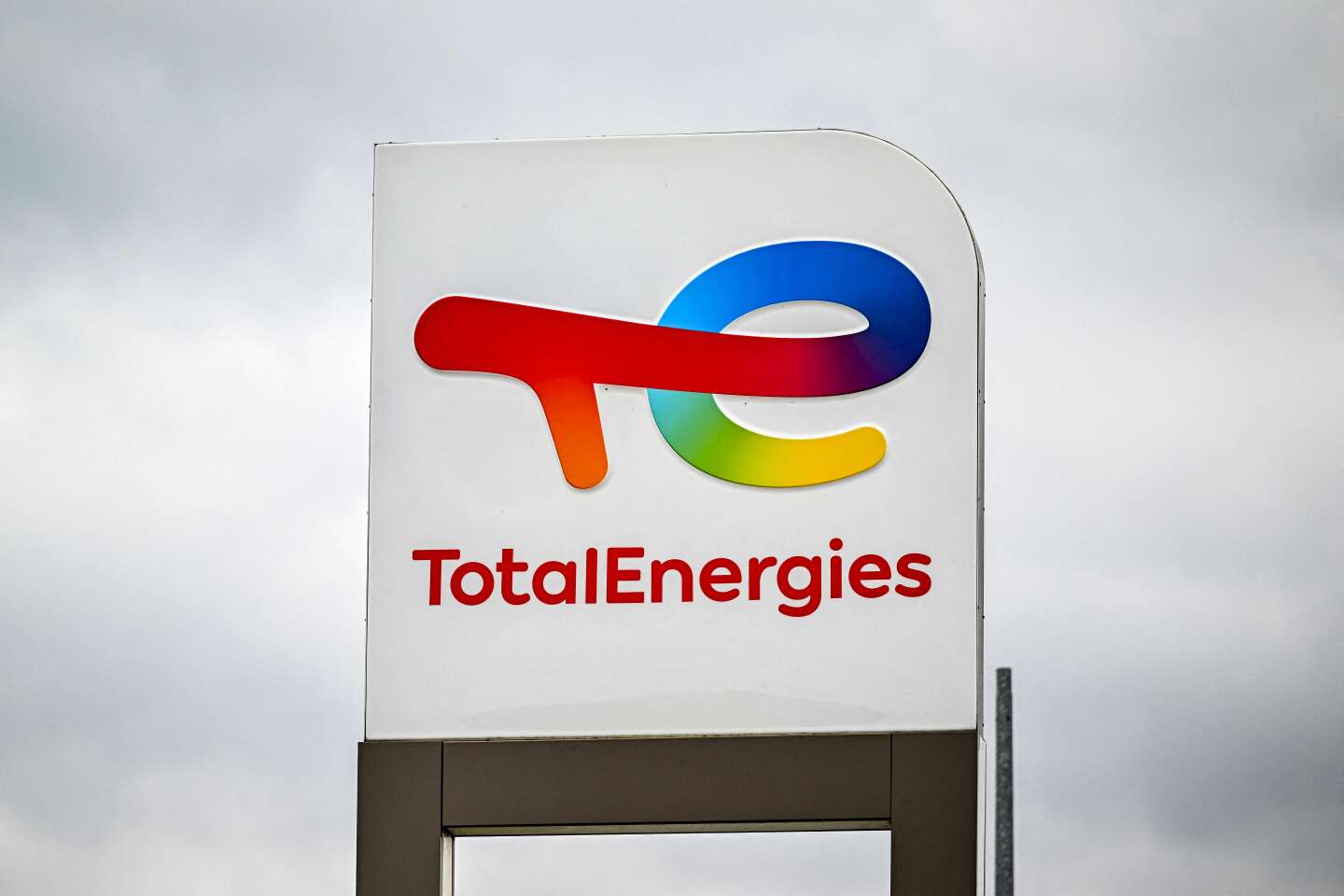


Back in the days of the Compagnie Française des Pétroles, founded in March 1924 at the initiative of the French government, the goal was unambiguous. The company, later renamed Total and then TotalEnergies, was to focus all its activities on oil. A century later, the Group presents itself as a "global multi-energy company that produces and markets energies." It doesn't want to be seen as being concerned with only oil and gas, the two fossil fuels responsible for global warming. Solar energy, wind power, biofuels, biogas, hydrogen: The multinational based in La Défense, the business district just outside Paris, is keen to promote the projects it presents as "low-carbon."
Nonetheless, TotalEnergies still predominantly relies on oil and gas. The two sources of energy remain, by far, its main sources of revenue: In 2023, the French major achieved a net profit of $21.4 billion (€19.89 billion), it said on Wednesday, February 7. The result is a record, with a 4% increase since 2022.
However, adjusted net income, an indicator closely watched by financial analysts, is down sharply (-36%). It now stands at $23.2 billion, down from $36.2 billion in 2022, due to depreciated assets in Russia as a result of the war in Ukraine. The decline in adjusted earnings is due in particular to a fall in the price of oil: A barrel of North Sea Brent averaged around $82.6 in 2023 – compared with $101.3 in 2022.
Predominance of oil and gas
Net investments – which include acquisitions and asset sales – followed the same trend. Totaling around $16.8 billion in 2023, two-thirds of these investments have been allocated to oil and gas. They will serve to maintain oil and gas fields, as well as for new projects. The remaining third is earmarked for low-carbon energies. This specific envelope has been increased from $4 billion in 2022 to $5 billion in 2023.
Despite the climate emergency, the preponderance of oil and gas is not about to end. In September 2023, while pledging to achieve carbon neutrality by 2050, the French firm announced an increase in its oil and gas production from 2% to 3% per year over the next five years.
Oil and fossil gas will still account for 30% and 50% of TotalEnergies' sales by 2030, according to its projections – compared with 44% and 48% in 2021. The shares of electricity and so-called "new decarbonized molecules" (biofuel, biogas, hydrogen) will remain much smaller, but should rise to 15% and 5% respectively by 2030 – more than double the percentage in 2021.
Between 2024 and 2028, TotalEnergies still intends to devote the majority of its net investments to oil (45% of expenditure) and fossil gas (20%), particularly liquefied natural gas (LNG).
You have 35% of this article left to read. The rest is for subscribers only.
